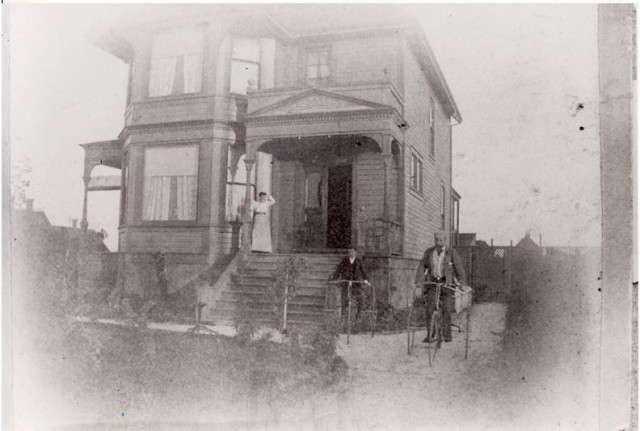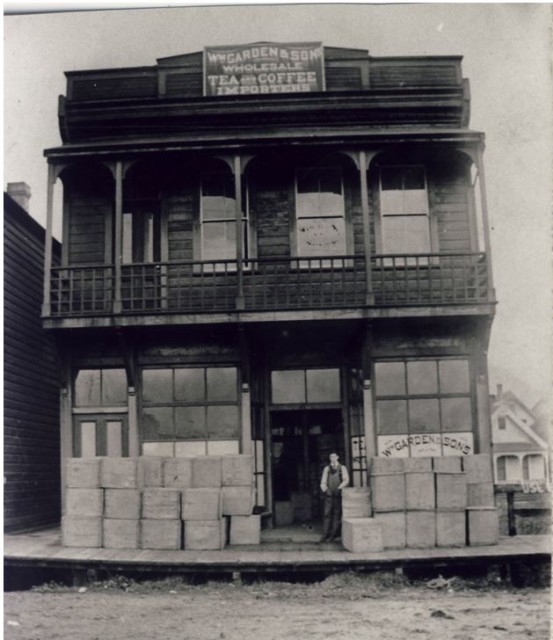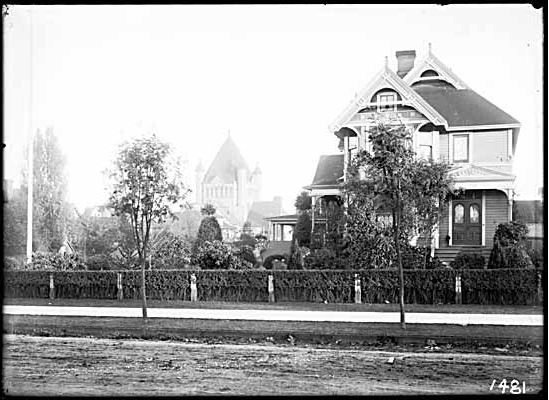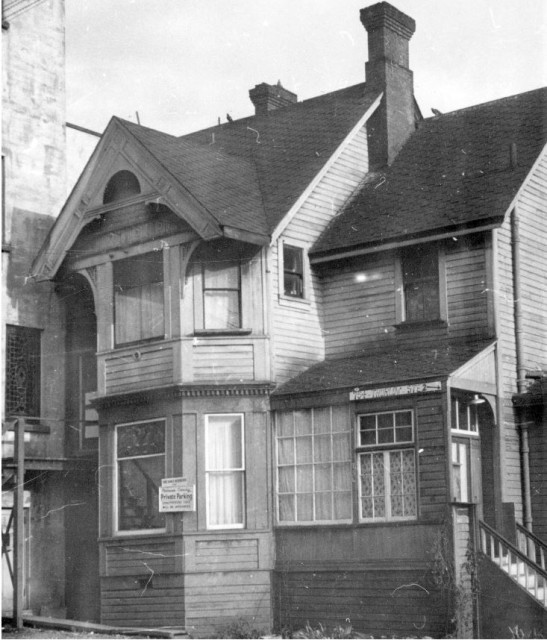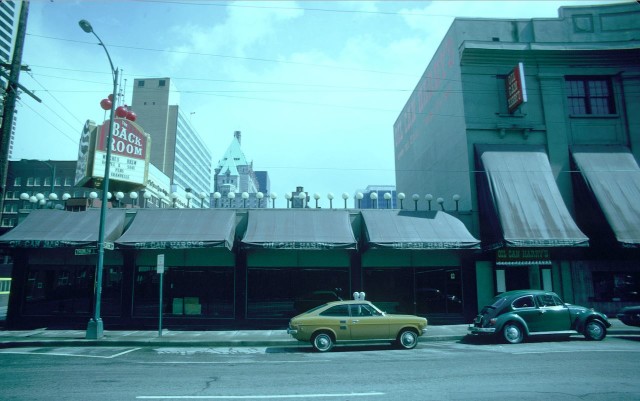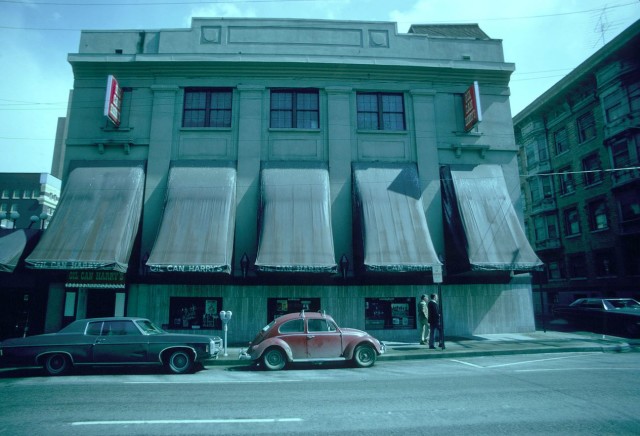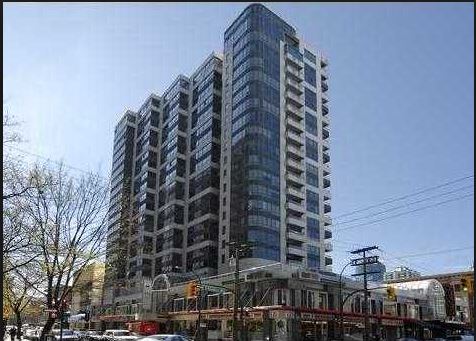I have just acquired a piece of St. Andrews-Wesley Church. A rug that’s worn in all the places that you’d expect of something that has graced the entranceway of this downtown heritage building for eight decades and hosted thousands of multi-denominational feet.
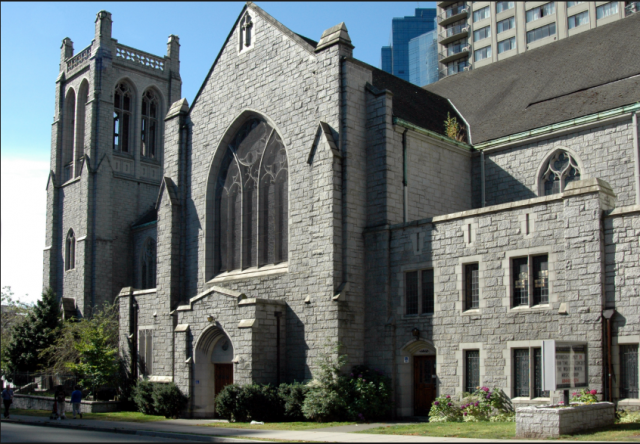
The renovations were made possible by the sale of church land and a 20-storey condo tower in 2002.St. Andrews-Wesley church at Burrard and Nelson is a special kind of place, and I was lucky to get a tour from Kathy Murphy last month before the church closes for a $30 million makeover.
It’s the first time I’ve been inside the church, and even in its less-than-perfect self, it’s breath-taking. From the stained-glassed windows to the gothic tower, it’s easy to see why people want to get married or buried there, play music, shoot movies, and yes, even worship.
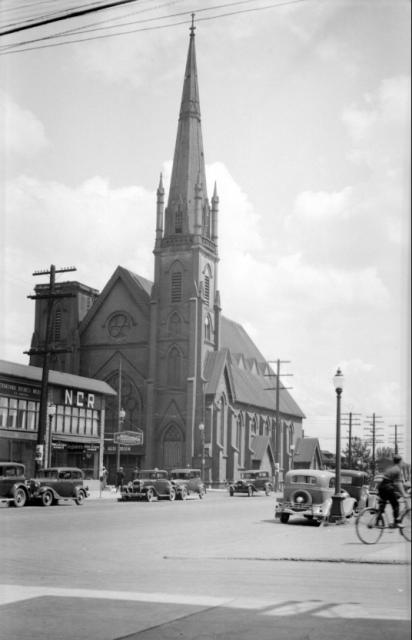
While the Church has operated from the corner of Burrard and Nelson since 1933, it was the result of a merger between St. Andrews Presbyterian Church and Wesley Methodist, both designed by William Blackmore, and both demolished in the early ‘30s.
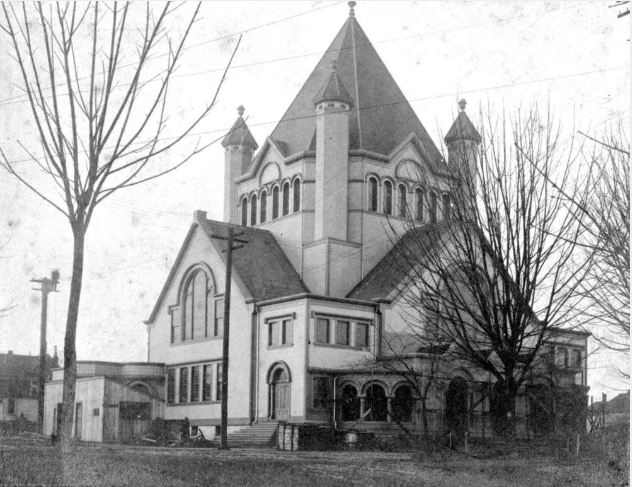
It was the Great Depression when the current church opened, and there wasn’t a lot of cash. The pews were made from fir instead of oak. The bell tower didn’t have a bell, and the planned terrazzo floor became a cheap lino stop-gap. The temporary fix became permanent, and will now be updated along with a seismic upgrade, a new copper roof, and an electrical system that will also light up the incredible stained-glass windows.
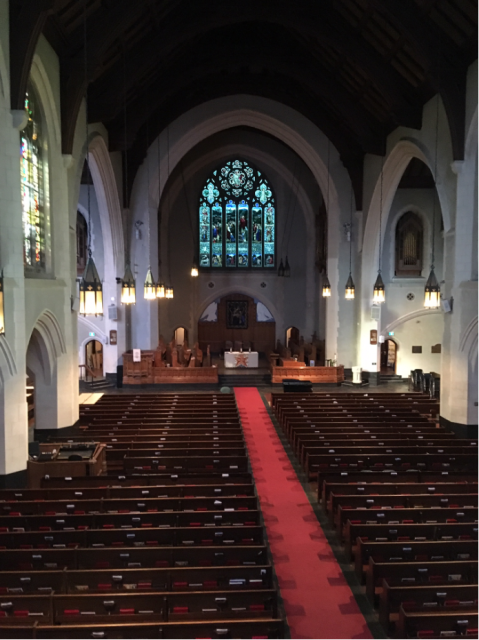
The Mandela of Compassion will go back after the rehab, and its very presence is an indication that this is a different kind of church. Made of sand by three Buddhist monks over three days, the Mandela looks like an exquisite tapestry. Normally, the monks, who do not believe in having material things stick around, would blow the sand away when they’d finished, but church officials talked them into letting it stay.
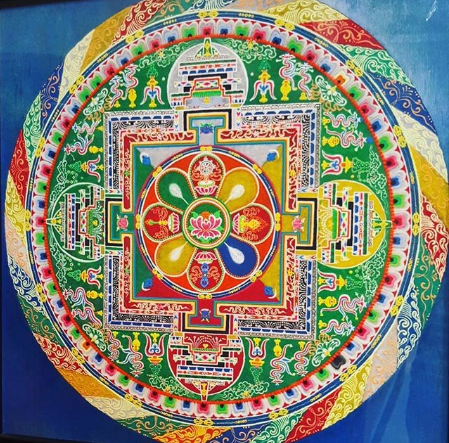
The pipe organ—the largest in Vancouver—is off to Montreal for a refit. While we were up there inside the guts of the organ, Darryl Nixon, Minister of Music, started playing the music he’d chosen for the following Sunday’s service.
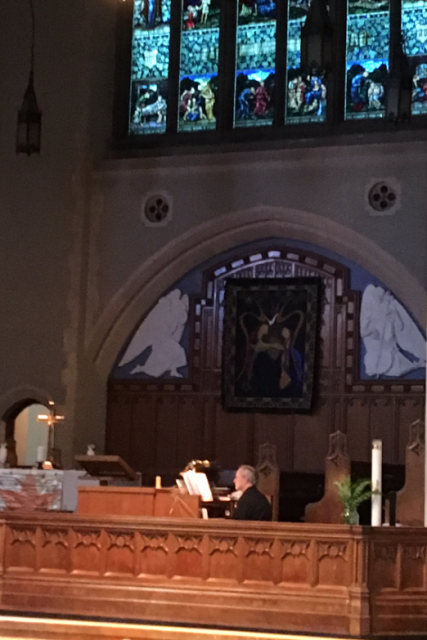
The chapel is as an interesting room. Aside from hosting Tony and Tina’s wedding for 14 years, it has a 14-foot tracker organ (that’s for sale). The room has been used for small weddings and for yoga, the pews long ago repurposed into a cabinet, a table, and a casket for the carpenter.
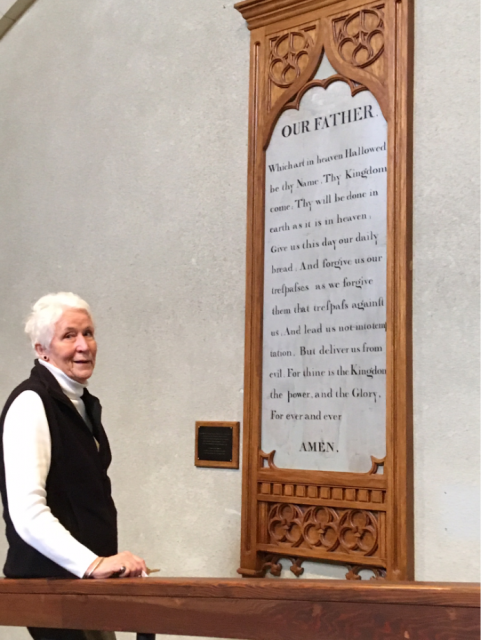
The Church is expected to be closed for up to two years. But it’s not too late to see it. Services run as normal tomorrow Sunday February 3.
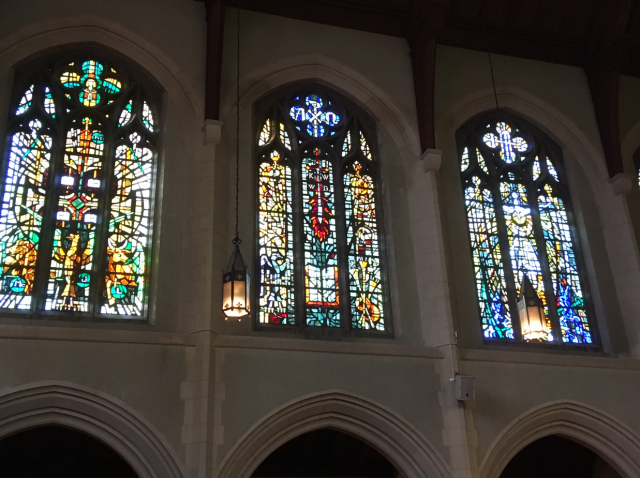
© All rights reserved. Unless otherwise indicated, all blog content copyright Eve Lazarus.



